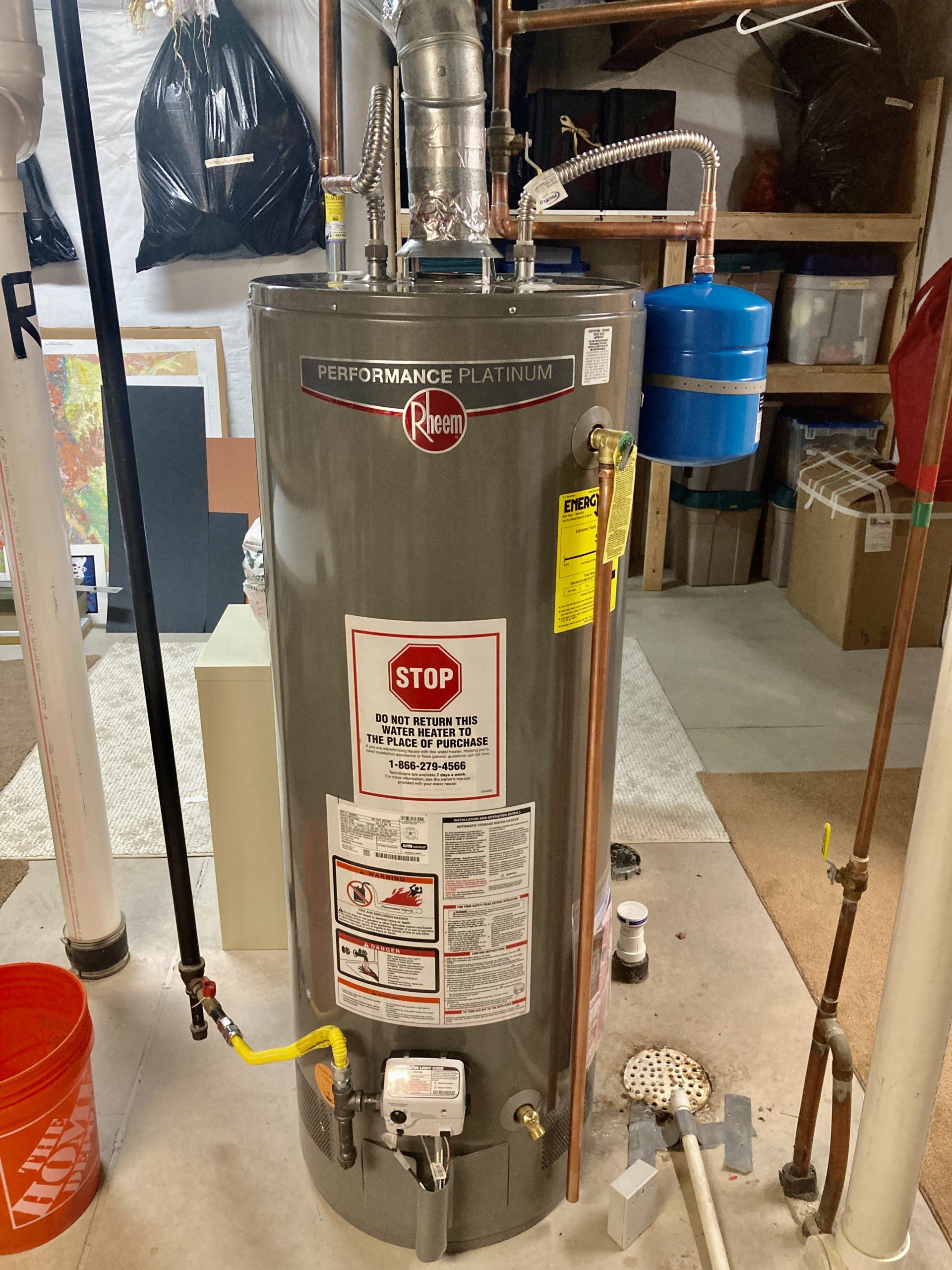Caring for Your Home's Hot Water System: Key Tips
Caring for Your Home's Hot Water System: Key Tips
Blog Article
They are making a number of good points about How to Maintain a Hot Water Heater in a Few Simple Steps in general in this post below.

Hot water is vital for everyday convenience, whether it's for a rejuvenating shower or cleaning meals. To guarantee your warm water system runs effectively and lasts much longer, routine upkeep is crucial. This post supplies functional ideas and understandings on exactly how to preserve your home's warm water system to prevent interruptions and expensive repair work.
Introduction
Preserving your home's warm water system could appear daunting, but with a few easy steps, you can ensure it operates efficiently for several years ahead. This overview covers every little thing from recognizing your warm water system to do it yourself upkeep pointers and knowing when to call in professional help.
Importance of Maintaining Your Hot Water System
Regular maintenance not only extends the life-span of your warm water system yet additionally guarantees it operates efficiently. Overlooking maintenance can lead to decreased effectiveness, greater power costs, and also early failing of the system.
Signs Your Hot Water System Needs Maintenance
Knowing when your warm water system requires focus can stop major issues. Look out for signs such as irregular water temperature, strange sounds from the heating system, or rustic water.
Flushing the Water Heater
Purging your hot water heater eliminates sediment buildup, improving performance and extending its life.
Checking and Replacing Anode Rods
Anode poles stop rust inside the tank. Inspecting and changing them when worn is essential.
Complex Concerns Requiring Specialist Assistance
Examples consist of significant leaks, electric issues, or if your water heater is continually underperforming.
Regular Expert Upkeep Perks
Expert upkeep can consist of comprehensive inspections, tune-ups, and making sure compliance with safety and security requirements.
Inspecting and Readjusting Temperature Setups
Changing the temperature setups ensures optimum performance and safety and security.
DIY Tips for Maintenance
You can do several upkeep jobs yourself to maintain your warm water system in top problem.
Looking for Leaks
Regularly inspect pipes and links for leaks, as these can result in water damages and higher expenses.
Comprehending Your Warm Water System
Before diving right into upkeep tasks, it's useful to recognize the standard components of your hot water system. Commonly, this consists of the water heater itself, pipes, anode rods, and temperature controls.
Month-to-month Maintenance Tasks
Routine month-to-month checks can help capture minor problems prior to they escalate.
Checking Stress Relief Valves
Checking the pressure relief valve guarantees it functions properly and protects against excessive pressure build-up.
Insulating Pipes
Shielding warm water pipes minimizes warmth loss and can save energy.
When to Call a Specialist
While DIY maintenance is helpful, some concerns require expert experience.
Conclusion
Routine upkeep of your home's warm water system is necessary for performance, long life, and price financial savings. By following these tips and knowing when to seek professional help, you can ensure a dependable supply of hot water without unexpected disruptions.
How to Maintain an Instant Hot Water Heater
Before tinkering with your hot water heater, make sure that it’s not powered on. You also have to turn off the main circuit breaker and shut off the main gas line to prevent accidents. Also turn off the water valves connected to your unit to prevent water from flowing into and out of the appliance. 2. When you’re done, you have to detach the purge valves’ caps. These look like the letter “T†and are situated on either side of the water valves. Doing so will release any pressure that has accumulated inside the valves while at the same time avoid hot water from shooting out and burning your skin. 3. When the purge valves’ caps are removed, you have to connect your hosing lines to the valves. Your unit should have come with three hoses but if it didn’t, you can purchase these things from any hardware or home repair shops. You can also get them from retail stores that sell water heating systems. Read the user’s manual and follow it to complete this task properly. When the hosing lines are connected, open the purge port’s valves. 4. You should never use harsh chemical cleaners or solutions when cleaning your unit. Make use of white vinegar instead. It should be undiluted and you’ll probably use about 2 gallons. 5. Now flush your water heater. This task should probably take about 40 minutes. We can’t give you specific directions for this because the procedure is carried out depending on the type, model and brand of your heater. With that being said, refer to the user’s manual. 6. When you’re done draining the unit, you have to turn off the purge port valves again. Remove the hosing lines that you earlier installed on each of the water valves. Put the valve caps (purge port) back in their respective places and be very careful so as not to damage the rubber discs that are found inside these caps. 7. Now that everything’s back in place, check your user’s manual again to find out how to reactivate your water heating system. 8. Once it is working, turn one of your hot water faucets on just to let air pass through the heater’s water supply pipes. Leave the tap on until water flows smoothly out of it. https://www.orrplumbing.com/blog/2014/september/how-to-maintain-an-instant-hot-water-heater/

Hopefully you enjoyed reading our part on Tips on Maintaining a Water Heater. Many thanks for taking time to read our short article. Don't hesitate to take the time to share this article if you enjoyed reading it. Thank-you for your time spent reading it.
Schedule Services Report this page